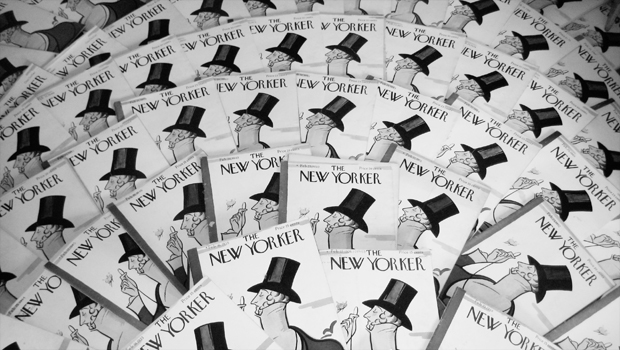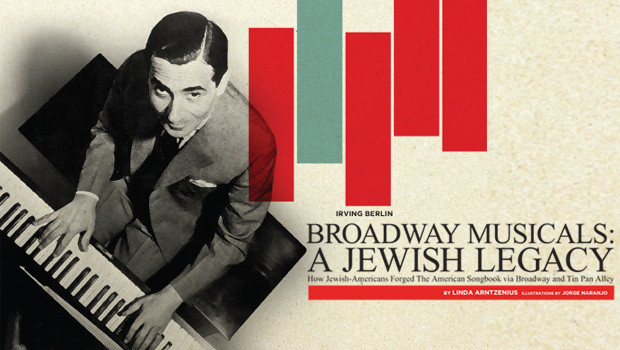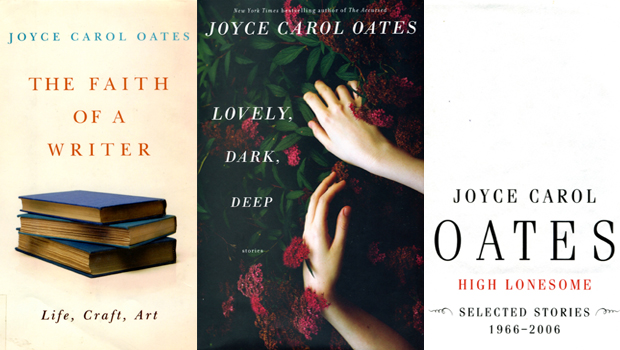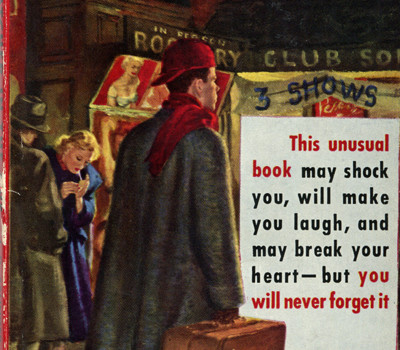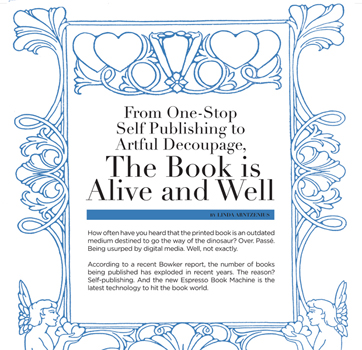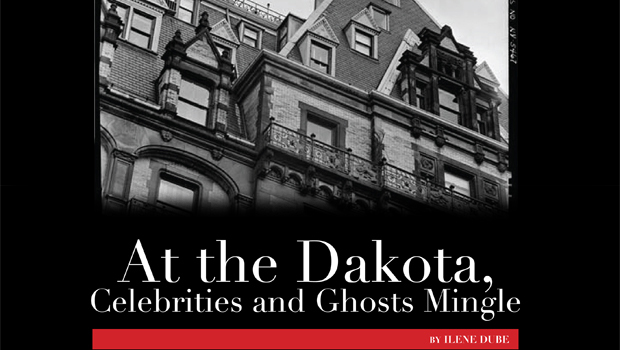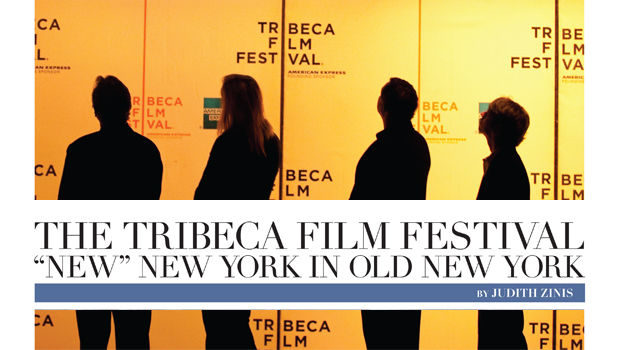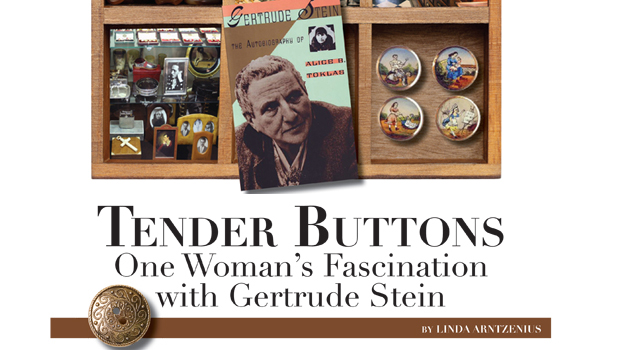By Stuart Mitchner
I grew up eating breakfast and lunch (and snacks) in the same room as a large three-part folding screen decorated from top to bottom with New Yorker covers. It was the only piece of furniture my parents owned that had no discernible purpose other than to be its own odd, cheery, colorful self. My Medievalist father, who was accustomed to working with illuminated manuscripts, had meticulously assembled and arranged it, making sure everything was precisely aligned. The screen, with all its vivid, amusing imagery reflecting our familial infatuation with New York City was a companiable presence at a time when my diet consisted mostly of open-faced peanut butter and jelly sandwiches, then and now the ultimate comfort food. more


